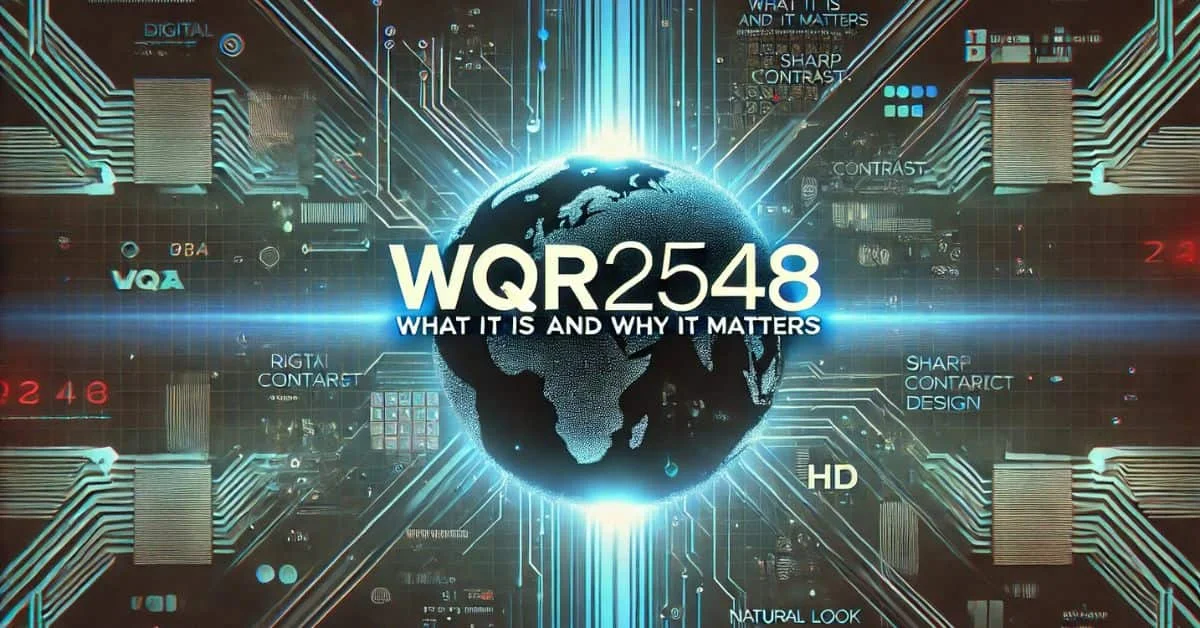The concept of gravity, one of the fundamental forces of nature, might seem distant from the digital landscape of the internet. Yet, these two seemingly unrelated topics share a fascinating connection that impacts how we interact with technology today.
The Role of Gravity in Modern Technology
While Gravity Internet itself is often thought of in the context of celestial bodies—like the Earth or the moon—its influence extends far beyond space. In the world of technology, gravity plays a critical role in ensuring that the infrastructure supporting the internet remains functional.
- Satellite Internet Connectivity
One of the most direct ways gravity intersects with internet technology is through satellite communication. Many internet services, especially in remote or rural areas, depend on satellite networks. These satellites, which are in constant orbit around Earth, rely on the gravitational force to maintain their trajectory. If Gravity Internet didn’t exist, these satellites would drift off into space, and global communication via satellite would be impossible. - Data Centers and Physical Infrastructure
Data centers, which store the vast amounts of data that fuel the internet, are massive facilities that rely on the basic principles of gravity. Servers are carefully stacked and stored in specific layouts to optimize airflow and cooling systems. Any changes in how gravity impacts building designs could directly affect how efficiently these systems run. - Cloud Computing and Gravity
Cloud computing involves storing and processing data on remote servers, often in data centers located far from the user. As the demand for cloud services grows, so does the need for advanced facilities that use gravity-defying technologies, such as cooling systems that rely on gravity for air circulation. Gravity’s role in the physical layout and infrastructure of cloud computing is often overlooked but is essential to making these services scalable and reliable.
Gravity and the Internet of Things (IoT)
The Internet of Things (IoT) is another area where the principles of gravity Internet are essential. Iodevices, such as smart home sensors or wearable technology, rely on accurate positioning and orientation. Many IoT systems use gravity sensors, such as accelerometers and gyroscopes, to determine the device’s movement, angle, and orientation.
For example, in the world of augmented reality (AR) or virtual reality (VR), gravity sensors are used to adjust the digital experience to match the physical environment. Gravity’s role in maintaining the spatial accuracy of IoT devices is indispensable for many applications, from fitness tracking to navigation.
The Future of Gravity and the Internet
As the internet continues to evolve, the intersection between the physical laws of nature and digital technologies will become even more pronounced. With advancements in satellite networks, like SpaceX’s Starlink project, and the expansion of IoT and cloud services, we will likely see even more innovative uses of gravity-defying technologies.
Additionally, as we explore new frontiers in space, such as the possibility of creating colonies on the Moon or Mars, internet connectivity will require a deeper understanding of how gravity affects communication systems in low-gravity environments.
Conclusion
While gravity and the internet may seem worlds apart, the reality is that gravity Internet plays a crucial role in shaping how we connect to the digital world. From the satellites in space to the servers that store our data, gravity is an invisible force that enables the internet to function as we know it. As technology continues to advance, the intersection of these fundamental forces and cutting-edge digital systems will likely lead to new innovations and possibilities, further integrating the laws of nature with the virtual world.
(FAQs) about Gravity and the Internet
1. What is the relationship between gravity and the internet?
Gravity, while a force traditionally associated with celestial bodies like planets and stars, impacts many technological systems that support the internet. For example, satellite networks depend on gravity to maintain orbit around the Earth. Additionally, gravity affects how physical infrastructure like data centers and cloud computing systems are designed, as well as the functioning of Internet of Things (IoT) devices that use gravity sensors to track motion and orientation.
2. How does gravity affect satellite internet services?
Satellites in orbit are influenced by gravity to stay on their designated paths around Earth. This allows them to provide internet connectivity to remote or underserved areas. Without gravity, satellites wouldn’t stay in orbit, and satellite-based internet services wouldn’t be possible. The consistent influence of gravity ensures that satellite internet systems can deliver reliable communication worldwide.
3. What role does gravity play in cloud computing?
Gravity indirectly impacts cloud computing through its effects on data center design. Data centers, which host cloud services, require precise physical organization and cooling systems to maintain optimal performance. Gravity ensures that cooling systems function properly (e.g., by encouraging airflow or helping liquids circulate through cooling systems). Without gravity, the design of these centers would need to be drastically different to maintain temperature control and system efficiency.
4. How do IoT devices use gravity sensors?
IoT devices, such as fitness trackers, smartwatches, and even home automation systems, often use gravity sensors like accelerometers and gyroscopes. These sensors detect changes in movement, orientation, and tilt, helping devices accurately track activity or adjust their operation based on physical positioning. For instance, in mobile devices, gravity sensors help adjust screen orientation when you rotate the device.
5. Can gravity impact internet speed?
While gravity itself does not directly affect internet speed, the infrastructure that depends on gravity Internet (such as satellites or data centers) plays a role in maintaining stable and efficient networks. For instance, satellite positioning is crucial for minimizing signal delay (latency) in satellite internet services. So, while gravity doesn’t affect internet speed in the traditional sense, it is part of the physical system that supports digital infrastructure.
6. What’s the connection between gravity and augmented or virtual reality (AR/VR)?
AR/VR devices often use gravity sensors (accelerometers and gyroscopes) to detect the position and orientation of the user. This data is essential for creating an immersive and interactive experience, as it ensures that the virtual world aligns with the real-world environment. Gravity’s influence on the positioning and movement of the device directly impacts the user experience in AR/VR applications.
7. How does gravity affect the functioning of modern telecommunications?
Gravity plays an essential role in positioning and maintaining the infrastructure that underpins telecommunications systems. Towers, antennas, cables, and satellite dishes all rely on gravity for structural integrity and functionality. Even in fiber-optic networks, gravity is considered in the physical layout and installation of cables to ensure optimal performance.
8. Are there any future technologies where gravity and the internet might interact more closely?
Yes, as technologies evolve, the intersection between gravity and the internet could expand significantly. For example, as we explore space more actively, including missions to the Moon or Mars, gravity will play a more important role in maintaining communications between Earth and distant locations. Additionally, advancements in satellite networks (e.g., Starlink or other low Earth orbit constellations) may continue to rely on gravity to function while expanding internet access globally.
9. Can gravity be used to improve internet security or speed?
Gravity itself doesn’t directly impact internet security or speed, but certain gravity-related technologies might indirectly affect these areas. For instance, the precise placement of satellite networks (which relies on gravity) is critical for low-latency, high-speed connections. Similarly, gravitational sensors and advanced algorithms might improve user authentication or help with tracking physical access to secure internet infrastructure.
10. How does gravity affect the internet in a low-gravity environment, like space?
In low-gravity environments, such as in space stations or missions beyond Earth, internet connectivity faces unique challenges. In these environments, gravity Internet doesn’t help keep satellites or antennas properly oriented, and adjustments must be made to ensure stable connections. Engineers use alternative technologies to counteract the lack of gravitational force, ensuring that communication systems still function reliably despite the differences in the environment.











